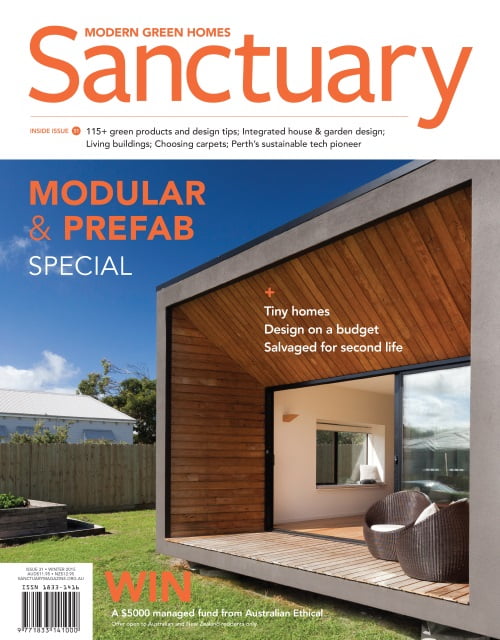A problem shared…
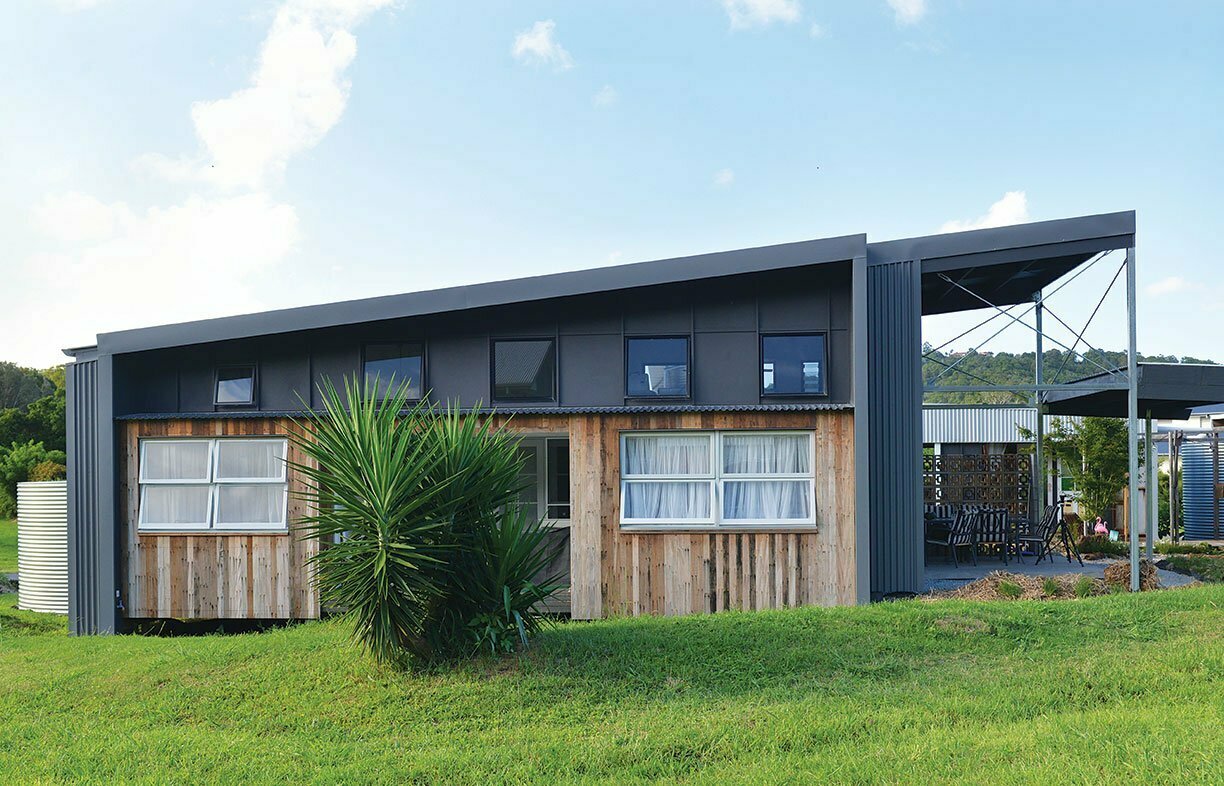
As part of Sanctuary’s Lesson Learnt series, we revisit this house 4 years on in Sanctuary 46
Peter and Teresa’s family home, a careful composition of old and new in a series of pavilions, will continue to evolve with their growing family and changing lifestyle.
When Peter McArdle and Teresa Wuersching designed their new home at Currumbin Ecovillage, they knew they wanted a model which would allow staged construction. A mix of prefab and traditional on-site building with reclaimed materials, found over time, made sense. A collection of pavilions meant they could, “build what we want, when we want it”, says Peter, “and minimise site disturbance”.
Designed as a cohousing set-up, or for the pavilions to change function as the children grow up, there is a main living pavilion, a future parents’ retreat, which is currently their home office, and a guest pavilion which they currently rent out.
“First, we targeted items that are relatively easy to find, like carport framing and deck framing, then visually high value items which you touch and feel to add character and history, then high eco-value items,” to reduce embodied energy and environmental impact, such as reused cabinetry and aluminium and timber windows and doors.
The Ecovillage’s Village Design Code specifies 20 to 25 per cent recycled content. “We wanted to strike a balance where the recycled elements are visible, and to set these off against a plain and simple ‘new’ backdrop,” Peter says. Clear-finished recycled vj cladding on the southern wall of the guest pavilion, hardwood framing, reused doors and windows are set against clean lines of low-maintenance fibro and corrugated steel. Window and door boxes of reclaimed hardwood are gradually being added to better protect the openings from summer sun and rain.
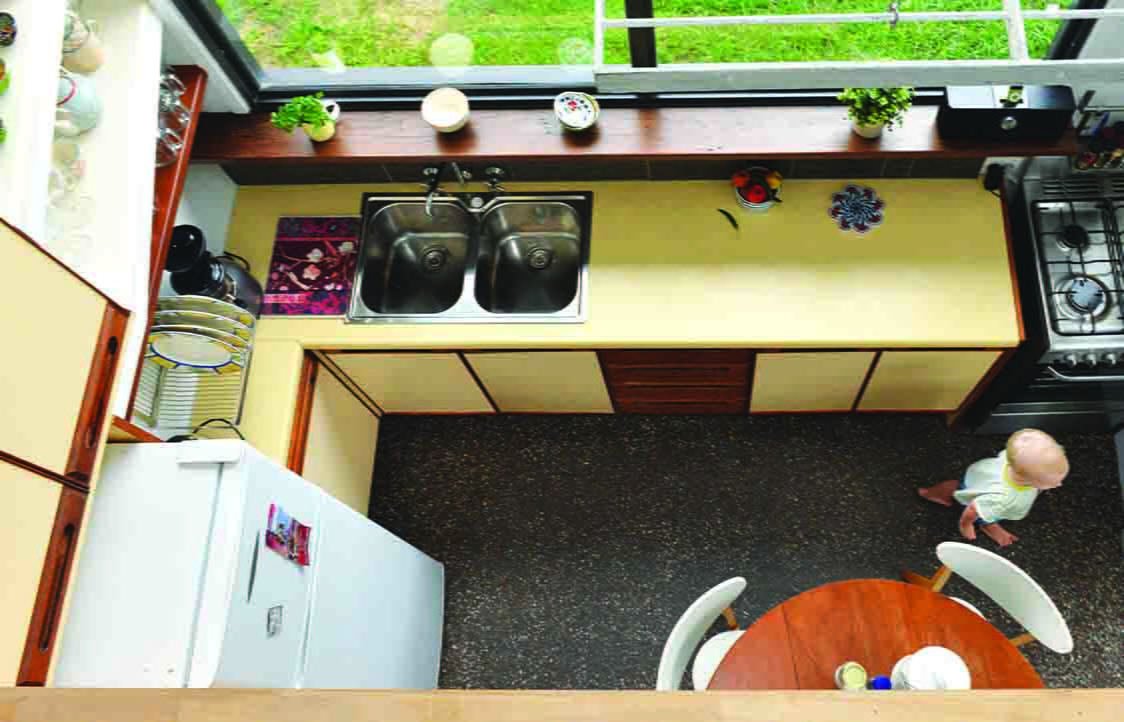
Peter and Teresa addressed the challenge of incorporating reused doors and windows and other materials with a “regular [design] grid into which the [irregular] recycled elements sit.” This gave them freedom to pick and choose and refine details as they went along. This disciplined grid also made efficient use of structural and cladding materials, helping control costs.
In the garden, which continues to evolve, black and white roof tiles, salvaged from a re-roofed house nearby, are stacked as raised garden edges and serve as features and paving. Ungrouted, they can be easily rearranged. Recycled breezeblocks form a durable privacy screen between the main home and secondary dwelling whilst maintaining airflow.
Internally, secondhand kitchens were installed. Secondhand pendant lights were bought for one dollar on eBay and other elements sourced from demolition yards and online. Floor tiles in the ensuite are a mosaic of random samples, and the furniture is mostly secondhand. While saving materials costs, there was a significant labour cost in reusing old elements, but Peter says they saw great value in this. “We’d rather support the electrician or chippie or plumber locally and use recycled than pay more for new everything”.
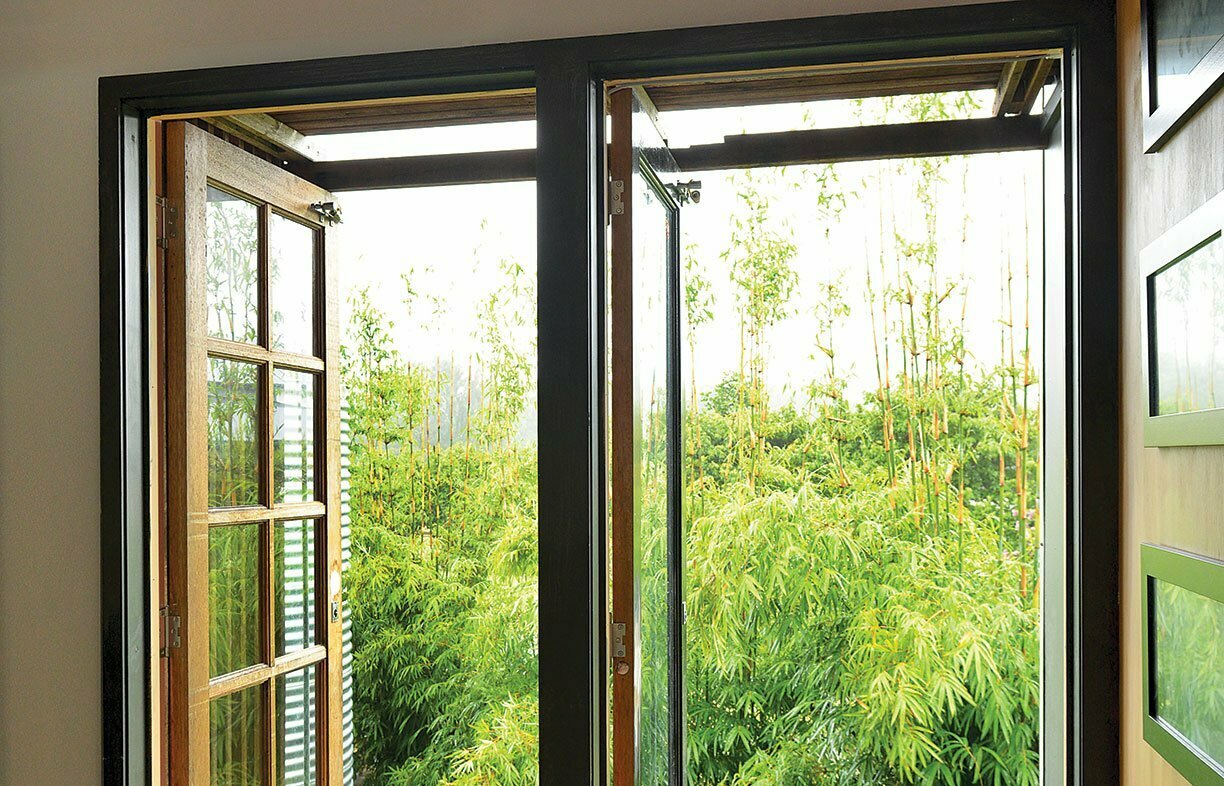
TIPS FOR REUSE
“If you have the time and skills the financial savings can be enormous, and the whole process can be one of creative fun, but it’s not necessarily a cheap option,” says Oliver. “Do it if you love the look or idea or want to reduce landfill and embodied energy.”
– Op shops and garage sales are handy for light fittings, door knobs and smaller items
– Demolition yards and online are often the most cost-effective options
– Befriending a builder, particularly during demolition, can reap rewards
– Be patient and keep looking
– Host parties – feed friends while they clean bricks, pull out nails or paint
– Pick a builder who’s used to using salvaged materials – they’ll often have existing contacts and sources.
“We find eBay a good source of inspiration – it’s like a lucky dip so long as you are patient,” says Peter. “Also let friends and neighbours and family know you are looking – it’s amazing how many people have a window or door or spare furniture in the garage or know someone else who’s renovating.”
You might also enjoy
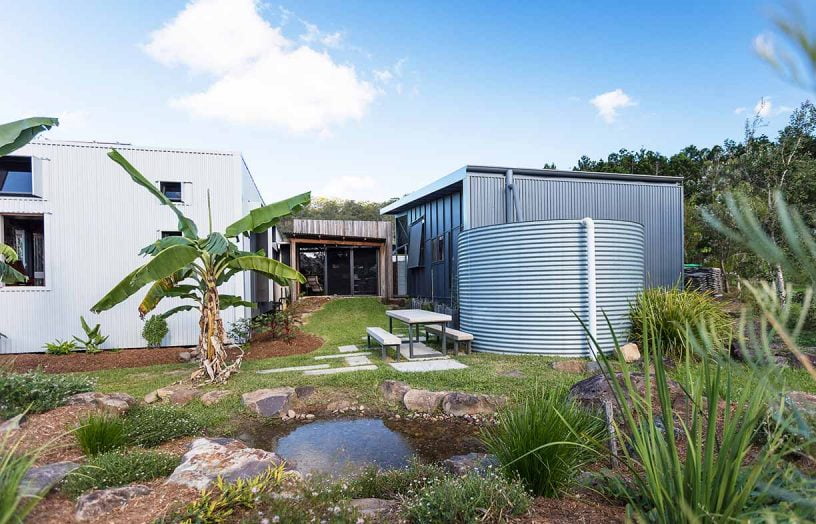 In focus
In focus
Lessons learnt
Five years ago we featured a house in the Currumbin Ecovillage on the Gold Coast that was designed using three pavilions to accommodate two households in a co-housing arrangement. How is their experiment evolving? We revisit to find out.
Read more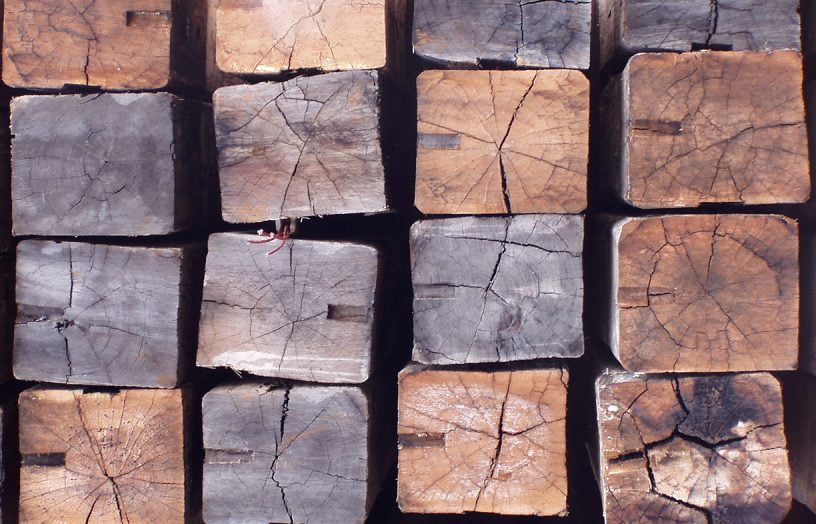 In focus
In focus
Recycled timber: material that tells a story
Recycled timber can be a beautiful feature in a new build or renovation – but there’s quite a bit to get your head around when deciding how best to use this valuable material.
Read more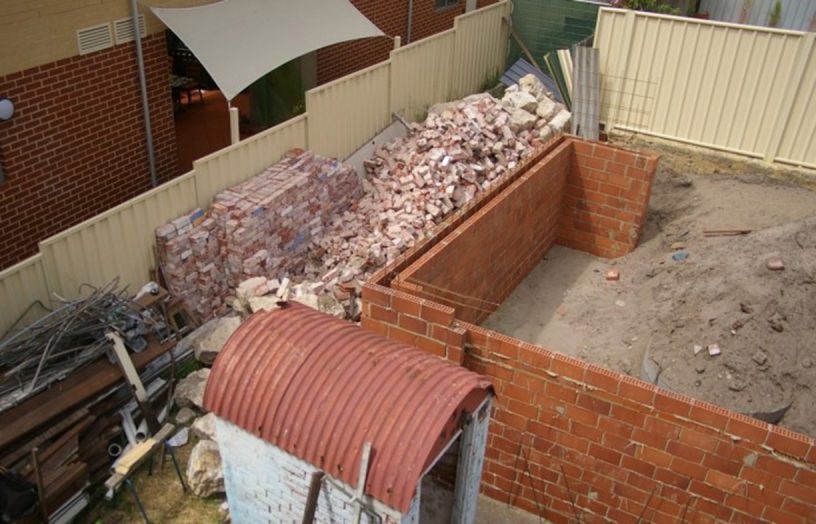 In focus
In focus
Construction waste: Low hanging fruit
Stripping buildings of their reuse components before they are demolished can reduce demand for new materials.
Read more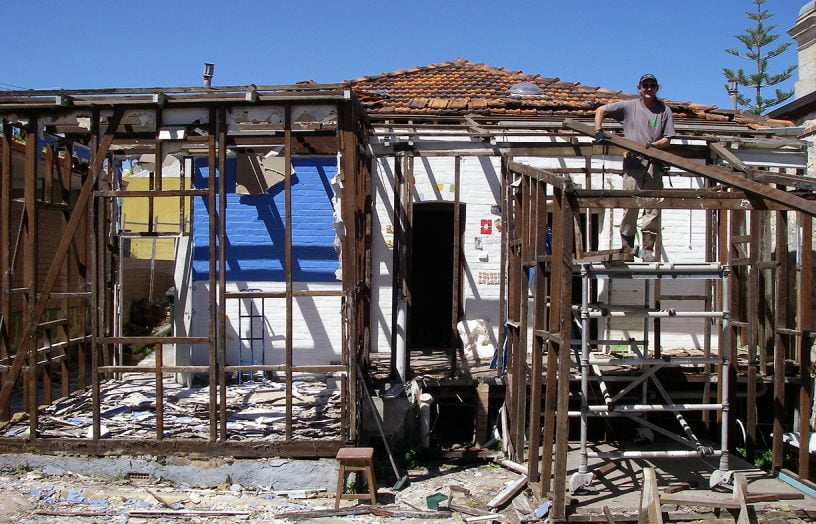 In focus
In focus
Build without skip bins
Owner-builder Greg O’Byrne found he could all but eliminate landfill and even went without a skip bin when constructing his sustainable home.
Read more

